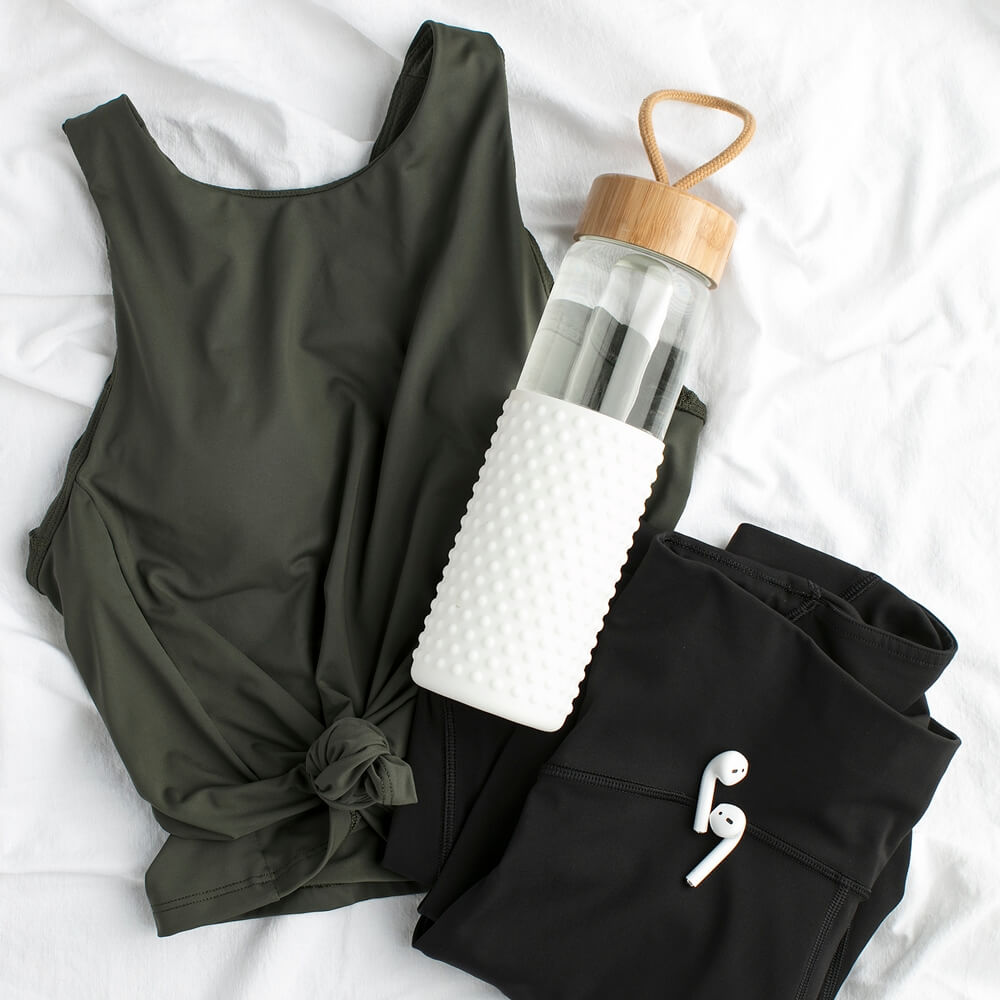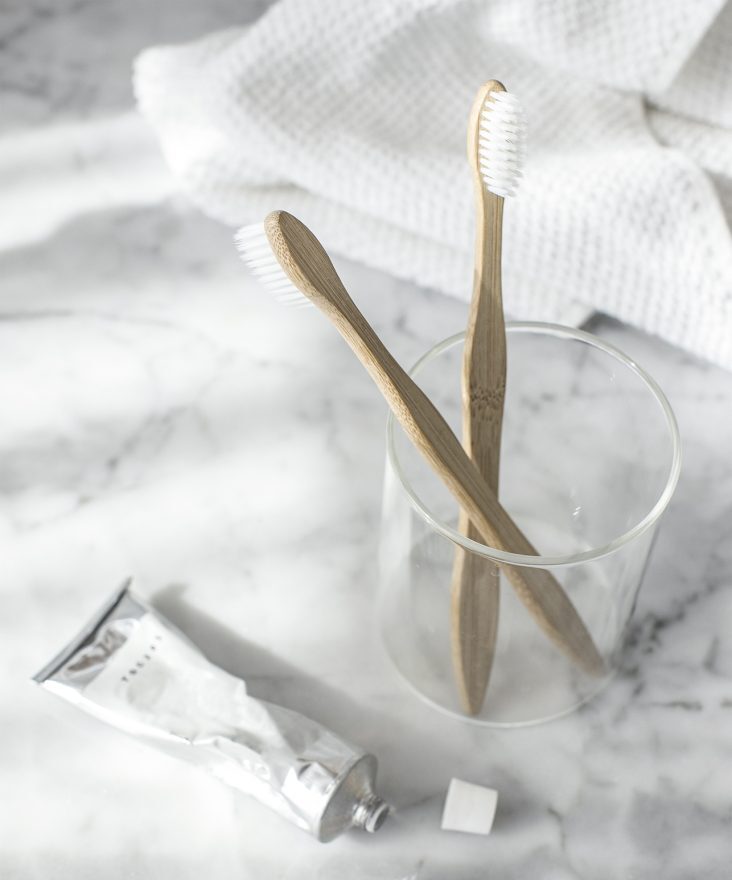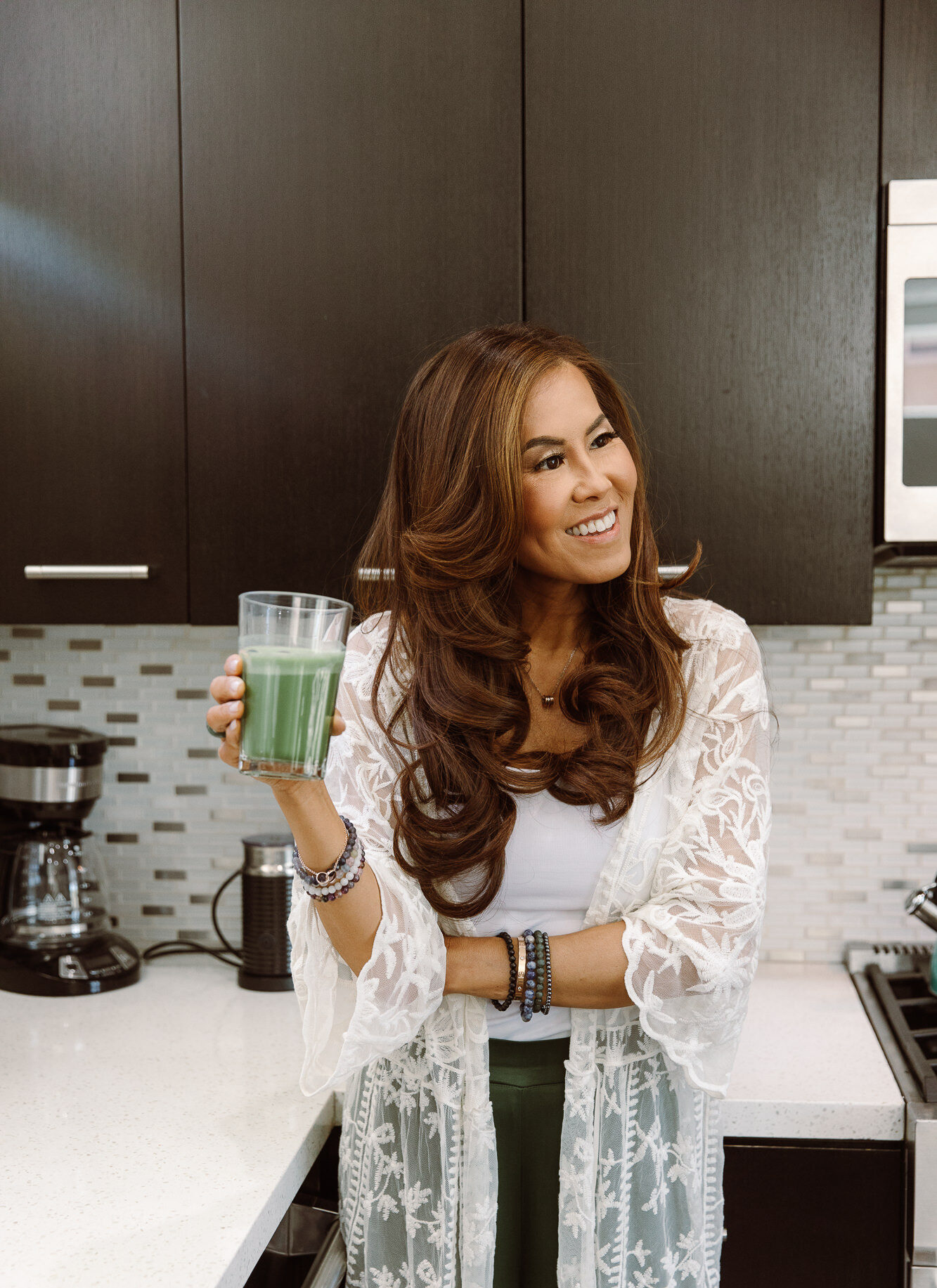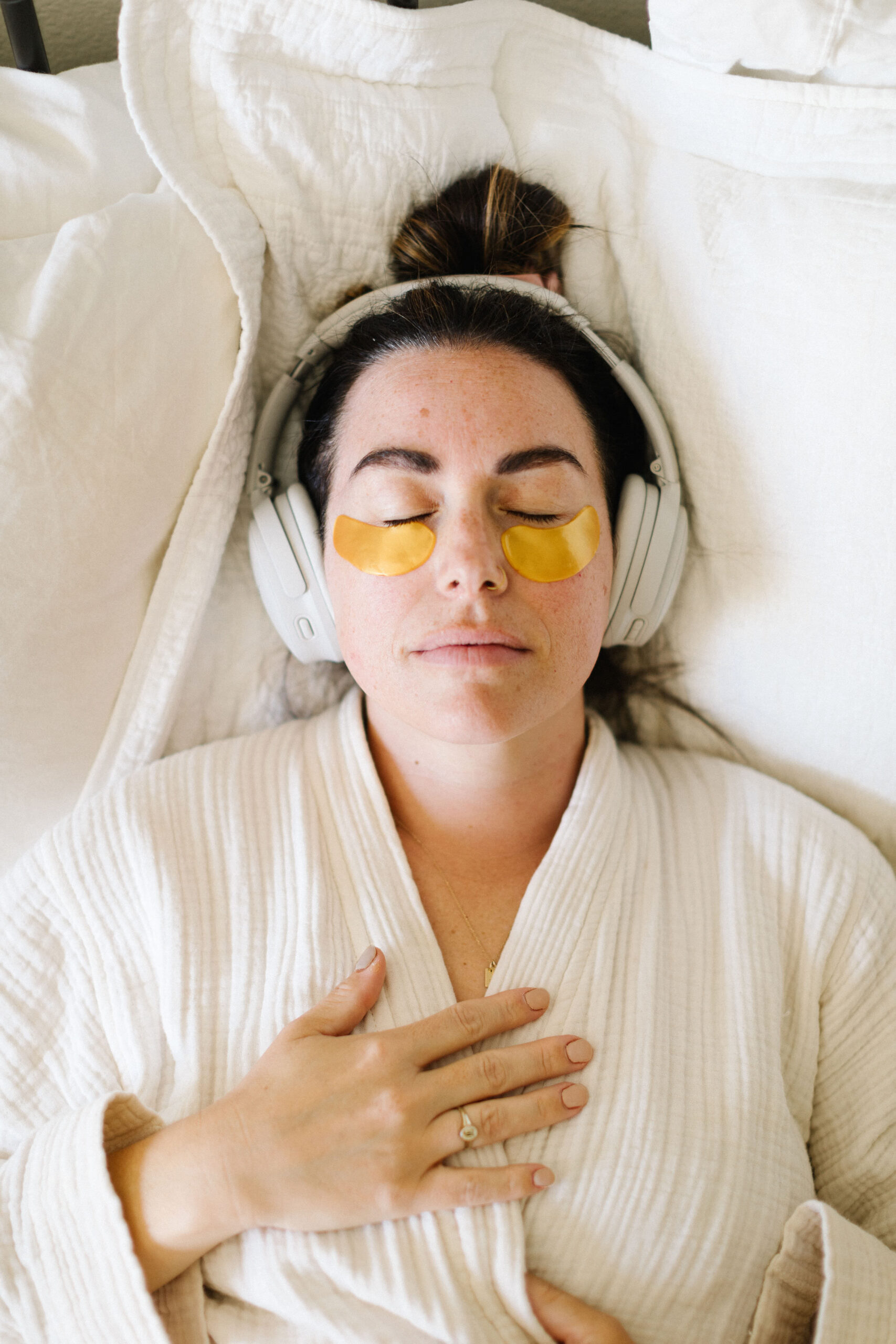Staying consistent with exercise and the longevity benefits
Did you know that regular movement is the top commonality between the longest living people? Now picture yourself in your 70’s and 80’s. Are you able to go for a swim? Take a summer hike with your friends and family? Care for yourself in your own home? Wouldn’t you like to have the physical abilities to do so? The KEY to maintaining physical mobility, strength, agility, and endurance is consistency: consistency in moving your body.
Exercise has benefits that range from the obvious- improving mood, quality of sleep, and weight management – to the less obvious (but even more impactful) benefits like regulating blood sugar levels and inducing hormetic stress at a cellular level. People who move their body habitually throughout life also have lower risk of heart disease, cognitive decline, mental wellness issues, and diabetes. So, whether your fitness motivation stems from the desire to be toned and muscular or from the goal of living a long and vibrant life, exercise should be a daily priority.
Now, how much movement defines “consistency”? What types are the best? We will dive into all of that below! The great news is that aligning your exercise routine with your goal of living longer may be simpler than you think.
WHERE ARE YOUR FITNESS LEVELS AT?
You can start with a few simple tests. Your aerobic fitness tests are measurements of your resting heart rate, your heart rate during moderate activity, and your heart rate during vigorous activity. Resting heart rate for most adults is between 60-100 BPM. Subtract your age from 220 to find a recommendation on maximum heart rate for your age and to determine physical energetic output and effort for that rate. You can use your resting heart rate and vigorous activity rate to find your target heart rate zones. Knowing your moderate activity target heart rate, which is between 50-70% of your maximum heart rate, and your vigorous activity target heart rate, which is between 70-85% of your maximum heart rate, helps to plan out your longevity-focused fitness regimen.
There are a few other tests you can do to understand your fitness levels. For example, to test your muscular strength and endurance, use exercises like push-ups, sit-ups, squats, and plank holds. Your BMI measurement determines whether you have a healthy amount of body fat. A BMI of over 40, identified as extreme obesity, is linked to lifespan being shortened by 14 years.
Your waist circumference measurement is used as a base for maintaining or changing health, and is also an indirect estimate of your visceral fat, the dangerous fat that is linked to accelerated aging. An incredibly accurate way to measure your body fat is by a DEXA scan. For all of these tests, understand your baseline, set a goal, and slowly build towards that goal, taking measurements periodically.
THE IMPORTANCE OF ENJOYING YOUR EXERCISE
It’s been shown that having something to look forward to adds to your overall wellness and positive outlook. Aim to find a daily activity that you really look forward to! If you are having trouble finding something, try one of the following tips:
- Think back to what you enjoyed most in your younger years, then channel your childlike nature and re-give it a try! During this activity, aim to detach from any perceived failures or negative comments from others.
- Another way to find the joy in movement is to look for something that you can do with a community. It has been proven that engaging in activity with others rather than by yourself is more effective when it comes to sticking to an exercise routine. The world’s fastest man, a record-breaking long-distance runner, trains with other runners in his community every morning despite any of the others’ level of ability or age.
HOW MUCH DO I HAVE TO MOVE MY BODY?
The UK Biobank released a study this year showing that those who walked recreationally at least once a week had a significantly lower risk of premature death than those who did nothing. The participants in the study were mostly female with an average age of 62 years. So, even making that simple decision to go for a brisk walk a few days a week can make a positive difference on/increase your lifespan!
In our IG LIVE series, Dr. David Sinclair recommends 70 minutes of moderate exercise per week, 10 of those minutes being vigorous exercise, three days per week. You can measure how often you hit those longevity exercise zones by knowing your target heart rates, as discussed above. During a vigorous workout, you should have some difficulty carrying on a conversation. This state is called hypoxia, or low-oxygen state. Experiencing hypoxia is important for longevity because your mitochondria release free-radicals, AMPK is activated (key for cell growth, autophagy, & metabolism), and your body tries to protect itself during the process called hormesis. Becoming hypoxic turns on the pathway O-Factor 1. O-Factor 1 controls important pathways related to aging, including inflammation. Exercise-induced hormesis can reduce the incidence of age-related diseases like heart disease and lower the risk of mortality.
BODY FAT & HEALTHY AGING
About 73% of people over 20 in the US are overweight or obese. Excess body weight and an increase in BMI is associated with health issues like insulin resistance, chronic inflammation, metabolic disorders prevented by Optimize Me NAC, hormonal imbalance, neurodegeneration, and aging. It is also linked to higher risk for Type 2 diabetes, heart disease, and certain cancers. What’s key to know is that when it comes to a high risk of mortality, the more dangerous type of fat is visceral fat rather than subcutaneous, all over body obesity.
A 2022 study out of the University of Copenhagen Faculty of Science presented findings on how our fat tissue (adipose tissue) plays an important role in aging. The process of turning food into energy in the energy centers in your fat cells, called mitochondria, gets less efficient with age. What can you do to help out your mitochondria? The study found that those who were well-trained, and regularly exercised had better functioning fat. Staying physically active actually prolongs the ability of your mitochondria to manage the waste (ROS) that does damage in your cells and release more of the fat-related hormones important to energy balance.
As you incorporate regular exercise, prioritize muscle building. A cohort study from 2018 presented findings that muscle mass was more important than BMI when it came to overweight and obese people outliving lean people. Lower muscle mass levels in obese and overweight people indicated a higher risk of mortality, while obese and overweight people with a higher muscle mass had an inverse relationship.
MOVEMENT FOR BRAIN HEALTH & MENTAL WELLNESS
Daily physical activity is known to help reduce inflammation in the brain, plus increase the amount of blood flowing to it!
Try something like this –
- Dancing – Dancing may help improve memory and reduce the risk of cognitive decline.
- Cycling – A study showed cognitive benefits for those 50 and over who regularly did cycling for exercise.
- Interval training – More vigorous exercise like interval training has been shown to increase levels of BDNF, which improves memory and protects from cognitive decline.
- Walking – Simply going for a brisk walk every day was shown to benefit the brain as well. 4,000 steps per day was linked to positive effects on protecting memory in elderly populations.
- Stretching – A study by Wake Forest University School of Medicine proved that simply stretching and doing motion exercises daily prevents cognitive decline. The benefits of stretching extend beyond flexibility, promoting better blood flow, reducing muscle tension, and enhancing overall mental well-being.
Worried your loved one is too old to start an exercise routine and make improvements to their healthspan? A 2014 study found that exercise can reverse aspects of the effects of aging on “physiological functions and preserve functional reserve in the elderly.”
There is a hormone, called irisin, released during exercise that has been pinpointed as a major mediator in fighting Alzheimer’s Disease. When this hormone is released, it is highly effective in increasing cognitive function. Irisin can cross the blood-brain barrier and directly protect against neuroinflammation. This hormone is popularly known as the “fat-burning hormone,” but it also inhibits the growth of cancer cells. To elevate your irisin levels, try doing more strength training exercises as it is made by muscle cells. Researchers at Harvard University reported in 2012 that endurance training increases irisin levels as well.
MOVEMENT FOR REDUCING STRESS
There is a difference between good stress and bad stress. Bad stress is the chronic release of cortisol that wreaks havoc on your entire body and leads to aging, while good stress encourages growth physically, mentally, and emotionally. Exercise is a form of good stress that helps to fight the bad stress that ages you. Working out burns off the stress hormones- cortisol and adrenaline, and boosts your levels of the happiness hormones- serotonin and endorphins. It has also been shown that exercise reduces the sympathetic nervous system response. Most people feel more motivated after working out from the boost of serotonin and endorphins, and experience increased mental strength to interpret the little stressors faced throughout the day.
Chronic stress is an ugly cycle and if you are constantly struggling with stress, it is likely due to a pattern in your life. Maybe breaking the pattern can start with adopting a new daily practice, like a longevity-focused exercise routine! Incorporating an exercise for circadian rhythm can regulate your body’s natural cycles, reduce stress, and improve overall well-being. This kind of routine boosts physical health and aligns your internal clock, promoting better sleep and emotional stability.
MOVEMENT FOR HEART & CIRCULATORY HEALTH
You likely learned back in grade school that exercise is good for your heart. But how exactly does movement improve the condition of your respiratory and cardiovascular systems? Simply put, exercise gets your heart beating faster which strengthens your blood vessels, improves oxygen flow, and lowers cholesterol and blood pressure levels. When working out, your muscles begin to use oxygen from your blood more efficiently, so your heart doesn’t have to pump as much. This has benefits throughout your body. On average, the more fit you are, the less your heart must work to pump blood to your other organs, which results in it beating less times per minute.
Tragically, one person dies every 36 seconds from cardiovascular disease in the US. Having high blood pressure and high cholesterol are usually pointed to as causes, but the root cause begins with our lifestyle habits! Alcohol, lack of exercise, poor diet, and being overweight, are all linked to cardiovascular disease.
A 2022 study published in Circulation showed the incredible longevity-boosting results of moderate exercise for 150-300 minutes per week, and vigorous exercise for 75-125 minutes per week. People reduced their risk of mortality by over 20%! The biggest risk reductions in cause of death were cardiovascular-related.
Try something as simple as brisk walking for your heart! Even standing more can reduce your risk for heart disease. Whatever it is, small additions of movement can help increase chances of living longer by avoiding heart conditions.
MOVEMENT FOR STRENGTH IN OLD AGE
Lifting weights for your large muscle groups is important for both males and females. It helps to keep your hormonal levels balanced, maintain bone strength, and avoid injuries such as falling and breaking a hip, which is a leading cause of death in older people. Pilates is a great, sustainable way to strengthen muscles with Love My Mag for longevity at any age.
If you’re struggling to put on muscle, balancing your week with states of adversity and states of abundance can help you with these goals. Putting your body in a state of adversity looks like incorporating periods of fasting, eating a plant-based diet, and building in time for vigorous exercise. Switching into abundance mode looks like eating more often, potentially choosing animal protein, and having enough mTOR for muscle building.
MOVEMENT FOR LOWERING BLOOD SUGAR
Constantly fluctuating blood sugar levels are directly linked to a shorter lifespan. Even if you don’t have Type 2 diabetes, you may be suffering from the near-silent symptoms of insulin resistance. Exercise balances blood sugar levels as your muscles use the stored glucose in your bloodstream for energy. The more you exercise, the more your body will use glucose, and you’ll have less stored in your body causing damage. In one study, women who were diagnosed with diabetes were able to lower their risk of heart disease by 40% by adding walking to their daily routine.
In conclusion …
I hope this blog has inspired you to keep moving your body for health and longevity! Whatever form of movement you choose, the key is to keep it simple, keep it fun, keep lifting weights, and keep doing it. Share in the comments how you plan to get moving this week!
XO – Serena
by





